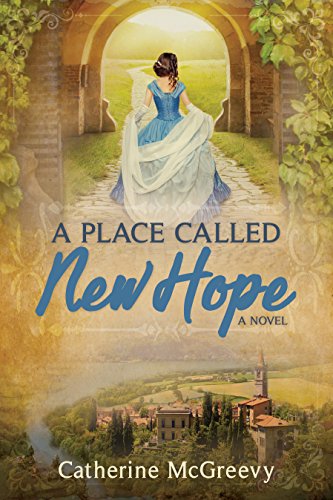A Place Called New Hope
Letty Leighton, feeling guilty over the privileges she enjoys as a wealthy mill owner’s only daughter, aspires to build a model community where the deserving poor can come to share land, resources, and harmonious country life. Pursuing her dream means offering marriage to her handsome neighbor, Patrick Marlowe, whose appeal rests on three factors: he has an estate he’s not doing anything with, he’s off to explore Africa, and he’s content for her to spend her large inheritance however she likes. A determined idealist, Letty finds there are no problems she can’t solve by dispensing money or sage advice, curing their ailments and offering hope to the troubled denizens of her little utopia.
But around the midpoint, when Marlowe unexpectedly returns, the story jumps tracks from a Dickensian exploration of Victorian class and social mores to Perils-of-Pauline-style romantic suspense. While the fanatical vicar, dramatic courtroom scenes, fire, false accusations, and general villainy certainly keep events lively, and McGreevy’s prose is highly readable, one wonders what she might have accomplished were she more interested in the subtler nuances of character growth and the deeper conflicts of social justice, rather than keeping things relatively light and sweet under the conventions of historical romance.










